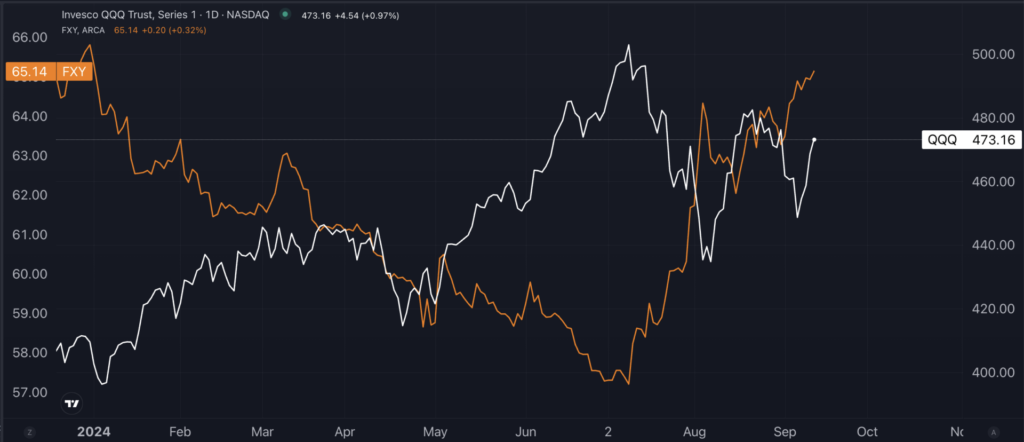The recent synchronized series of interest rate cuts by major central banks has been triggered by a decline in inflation rates within advanced economies.
With inflation moving closer to target levels, policymakers are looking to alleviate some of the constraints imposed by their policies, which have been hindering growth.
Despite this move, there is a significant outlier causing apprehension and potentially jeopardizing the bullish trend in the stock market.
Recently, the European Central Bank (ECB) announced a second 25 basis point rate cut after a similar one in June. ECB President Christine Lagarde hinted at potential future cuts, but stressed that decisions would be based on data.
However, there is urgency in Frankfurt’s actions as growth is already faltering, with Germany, the leading economy in the region, being on the brink of a recession.
Bank of America’s European economist Ruben Segura-Cayuela predicted that data may push the ECB to accelerate the pace of rate cuts in the near future.
Global Central Banks In Sync, Almost
Earlier this month, the Bank of Canada reduced its key interest rate by 25 basis points to 4.25%, citing concerns about falling inflation rates, a scenario that was unimaginable just a year ago when overshooting inflation was the norm.
Furthermore, an interest rate cut by the Federal Reserve in the coming week is highly expected. The only uncertainties revolve around the extent and speed of the cut – will it be a 25 or 50 basis point cut, and will it happen at every meeting or take a more gradual approach?
The Bank of England’s decision is finely balanced, with economists anticipating a close 5-4 vote in favor of a rate cut next week.
Bank of America economist Antonio Gabriel highlighted the emerging trend of global monetary policy convergence and projections that the U.S. dollar may weaken from its current elevated levels as a result of these coordinated efforts.
The Bank of Japan’s Outlier Stance: Impact on Markets
Amidst the synchronized easing measures across major central banks, the Bank of Japan (BOJ) stands out as a significant outlier.
Japan has opted for a divergent path, increasing rates in July – the second hike this year following one in March – and suggesting the possibility of more hikes in the future. With annual inflation at 2.8%, above the BOJ’s 2% target, Japan’s monetary policy is clearly on a different trajectory.
BOJ Governor Kazuo Ueda reaffirmed the bank’s intention to raise rates if economic and inflation conditions remain as expected.
Market strategist Ed Yardeni noted the repercussions of this divergence, citing the unwinding of carry trades due to the expectation of rate cuts by the Fed and rate hikes by the BOJ, resulting in a stronger yen and market volatility.
Yardeni emphasized the negative correlation between the yen and U.S. tech stocks, showing that a strengthening yen weakens U.S. tech stocks indicated by the Invesco CurrencyShares Japanese Yen Trust (FXY) and the Invesco QQQ Trust, Series 1 (QQQ).
Chart: Correlation Between Japanese Yen And U.S. Tech Stocks
